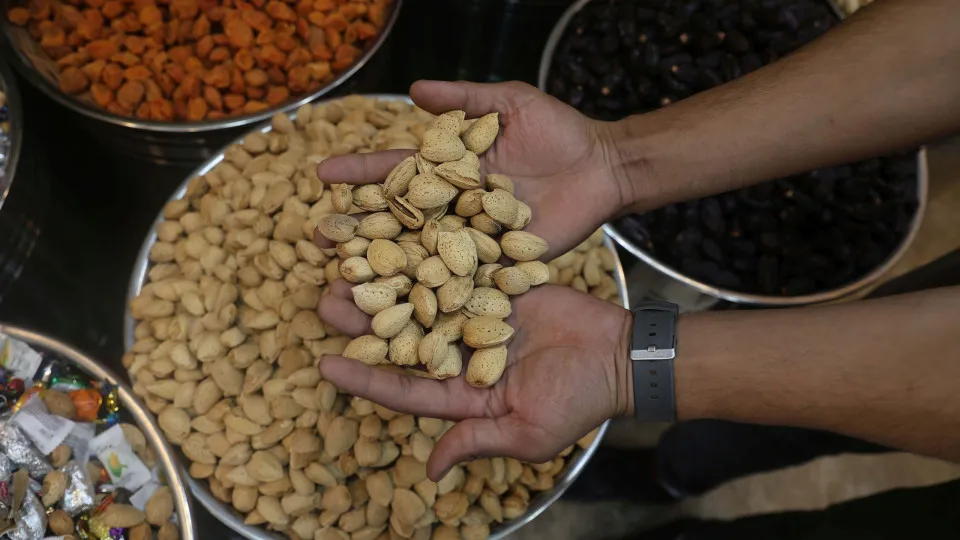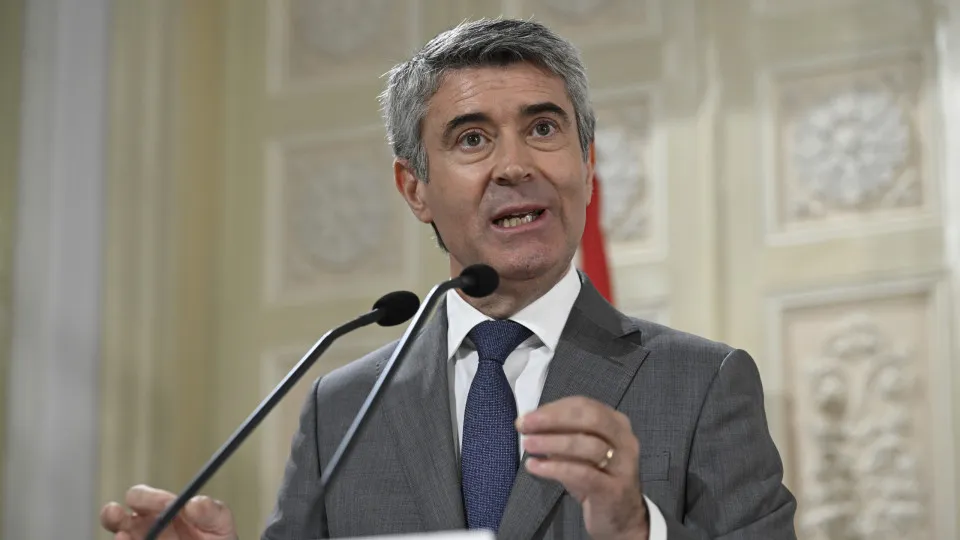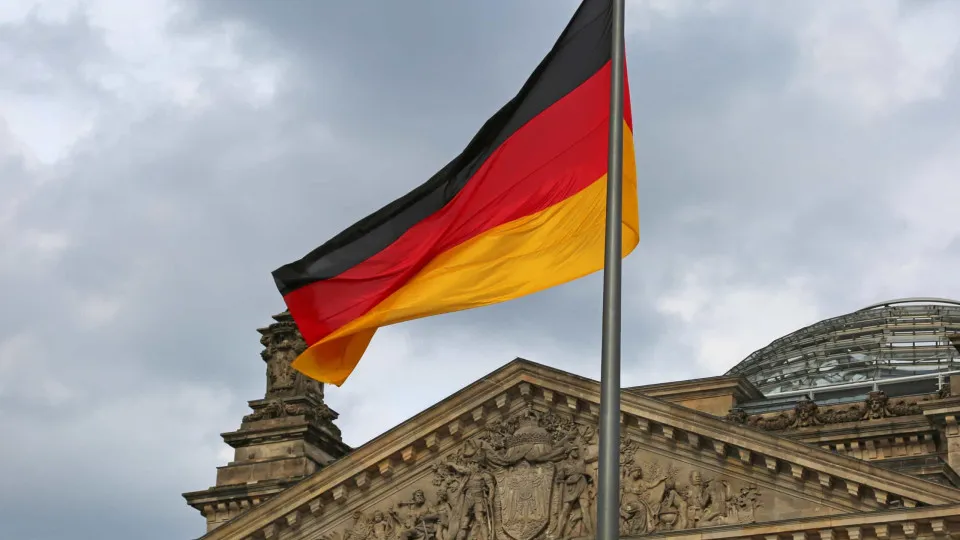
With the punitive measure, which came into effect at midnight today, Washington aims to penalize India for continuing to purchase Russian crude oil, a policy the Indian government has defended for reasons related to energy security and inflation control.
The tariffs do not affect all exports but focus on key sectors to generate social and economic pressure, such as textiles, precious stones, and seafood, exempting other products in which the U.S. has interests, like pharmaceuticals and electronics.
The Indian government estimates that 55% of the total value of its merchandise exports to the United States will be affected by the new 50% tariffs imposed by Washington, according to an official statement presented to Parliament in the middle of this month.
India is the fourth-largest apparel exporter to the United States, with a market share of about 6%. Although this figure has grown in recent years, it remains behind major Asian competitors: China, which dominates with 21%, and Vietnam, with 19%.
With the new 50% tariff imposed by the United States, India finds itself at a significant disadvantage compared to those countries, which face rates between 20% and 30%.
The White House invoked the International Emergency Economic Powers Act (IEEPA), a national security instrument, to impose the tariff policy, arguing that India’s purchase of Russian oil poses a threat to U.S. security.
Last week, in a bid to mitigate the sanctions’ impact, Russia expressed willingness to offer India an alternative to exports that may be affected by the U.S. tariffs.
U.S. President Donald Trump signed the executive order on August 6 to impose these additional 25% tariffs on India due to New Delhi’s ties with Moscow, adding to an initial 25% levy, to correct what Washington considers to be a trade imbalance.
India, the world’s third-largest crude oil importer, has adopted a neutral and pragmatic stance on the Ukraine war and increased its Russian oil imports from below 2% to more than a third of the country’s needs, making Moscow India’s main supplier and taking advantage of discounts offered by the Kremlin.
Though the official U.S. justification for the increased tariff focuses on India’s purchase of Russian oil, in New Delhi, the measure is seen as a pressure tactic to unlock the stalled U.S.-India Bilateral Trade Agreement (BTA).
The main points of contention are “red lines” identified by India, such as the refusal to open the market to U.S. agricultural and dairy products as a means of protecting millions of Indian farmers.
The United States is India’s main trading partner, with bilateral goods exchange reaching $128.9 billion (€110.9 billion) in 2024.




